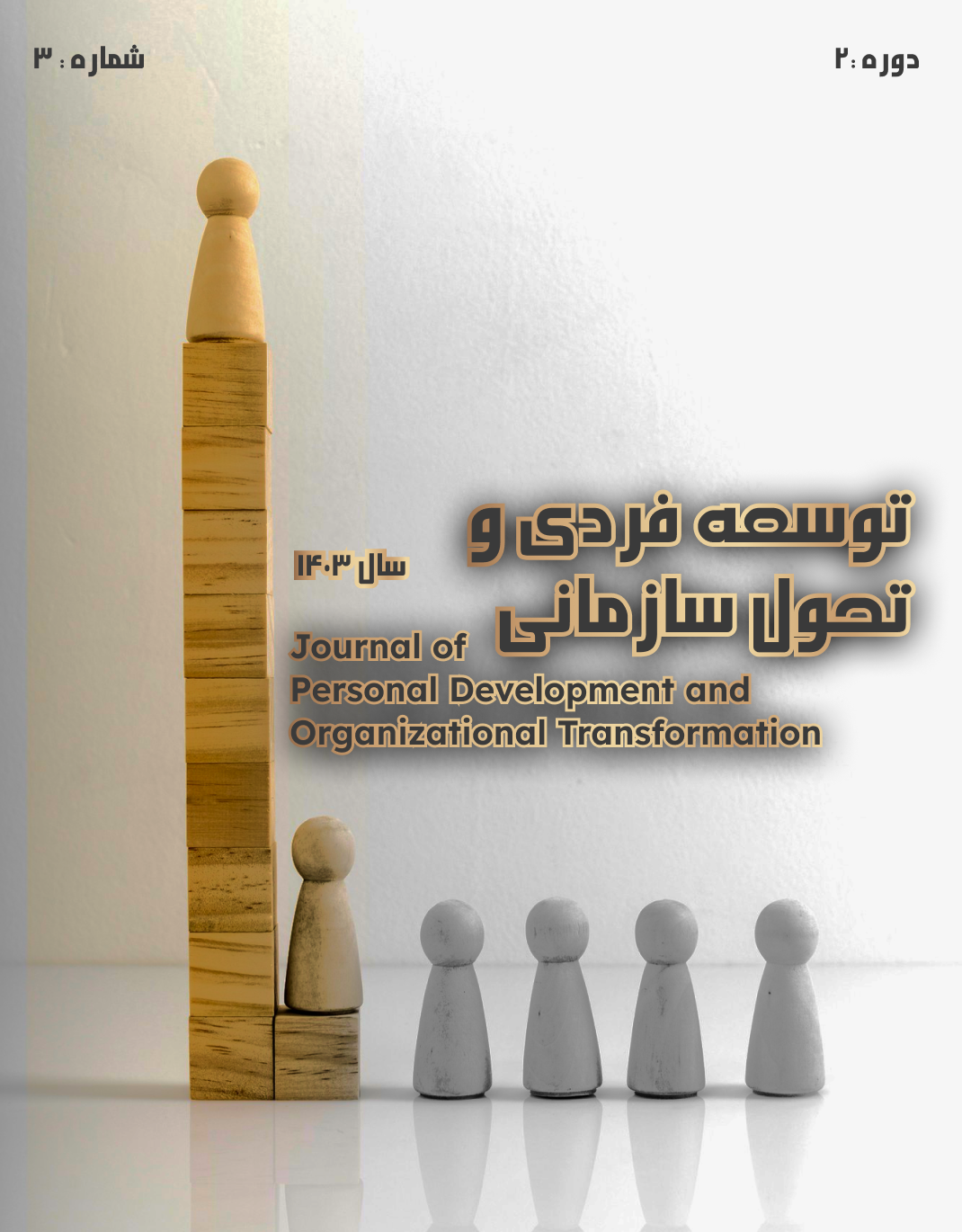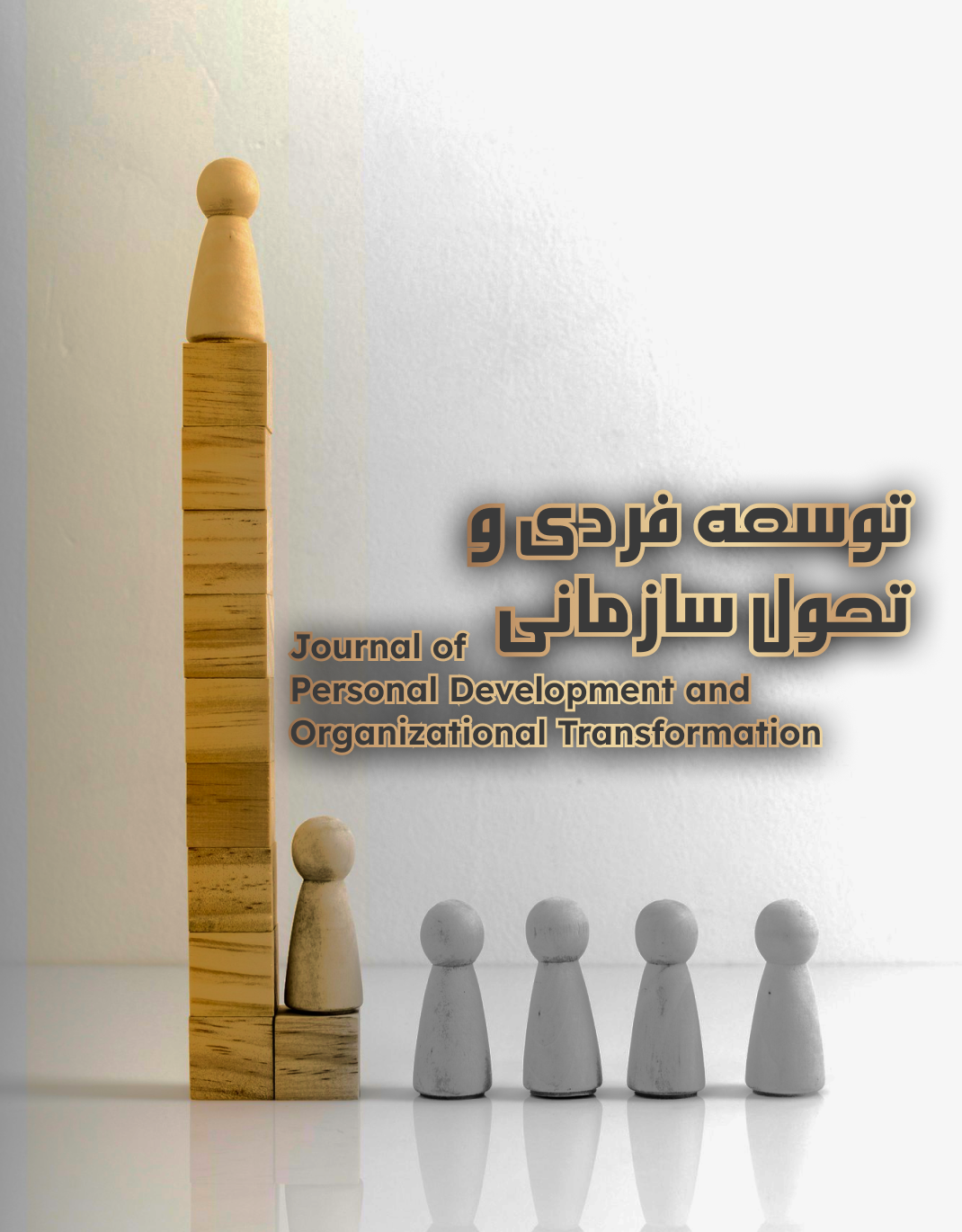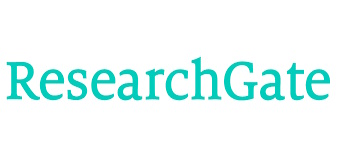Designing a Change Management Model for the Implementation of Management Information Systems in Public Organizations
Keywords:
Change management, information systems, management information systemsAbstract
The successful implementation of Management Information Systems (MIS) in public organizations requires effective management of structural, behavioral, and technological changes. This study aims to develop a comprehensive model for change management in the implementation process of such systems, by examining the key dimensions and influencing factors in public sector environments. A qualitative research method was adopted. The study participants included faculty members in the fields of public administration, organizational behavior management, information systems management, and information technology management at higher education institutions, as well as senior and middle managers of public organizations, and subject-matter experts familiar with the research topic. Using the snowball sampling technique, 21 experts were selected. Data collection was conducted through semi-structured interviews. For data analysis, an inductive qualitative content analysis method was employed, based on the approach of Elo and Kyngäs (2008), encompassing three phases: open coding, categorization, and abstraction, using Atlas.ti software. To ensure validity and reliability, necessary evaluations were conducted including acceptability (expert review) and confirmability (expert audit), both of which were verified. According to the findings, the change management model for the implementation of MIS in public organizations comprises six abstractions (dimensions) and 24 categories (components), as follows: 1. Leadership and Governance in Digital Transformation (commitment and support from top management, digital vision and strategy, transformational leadership style, and IT governance structure), 2. Organizational Culture and Readiness for Change (psychological readiness for change, change acceptance, learning-oriented organizational culture, and trust between employees and management), 3. Organizational Technological Infrastructure and Capabilities (system integration, infrastructure security and stability, scalability and technological flexibility, and system accessibility and user-friendliness), 4. Training and Human Capital Skill Development (pre-implementation training, training during and after implementation, employee digital competence, and organizational learning), 5. Supportive Structures and Regulations (flexible organizational structure, presence of defined processes, operational requirements and guidelines, and alignment of regulations with information technology), and 6. Stakeholder Interactions and Cross-Sectoral Participation (employee participation in decision-making, interdepartmental communication and intra-organizational coordination, stakeholder expectation management, and bidirectional communication and feedback mechanisms). In total, the model consists of 115 indicators (criteria).
Downloads
References
Al-Haddad, S., & Kotnour, T. (2020). Integrating the Organizational Change Literature: A Model for Successful Change. Journal of Organizational Change Management, 33(5), 607-618. https://www.emerald.com/insight/content/doi/10.1108/jocm-11-2013-0215/full/html
Al-sofi, T. A. B., Al-Shaibany, N. A., Al-Khulaidi, A. A., & Almekhlafi, Y. M. (2021). Analysis of Information Security Management Systems Frameworks in Organizations. International Research Journal of Modernization in Engineering Technology and Science, 3(2), 661-673. https://www.irjmets.com/uploadedfiles/paper/volume3/issue_2_february_2021/6271/1628083262.pdf
Alshaikh, M. (2018). Information Security Management Practices in Organisations The University of Melbourne]. https://core.ac.uk/download/pdf/162231466.pdf
Cameron, E., & Green, M. (2019). Making Sense of Change Management: A Complete Guide to the Models, Tools and Techniques of Organizational Change. Kogan Page Publishers. https://books.google.com/books/about/Making_Sense_of_Change_Management.html?id=LX-5DwAAQBAJ
Deyhim, J., Ghorbani, M., Zendedel, A., & Akbari, A. (2021). Designing and Explaining an Organizational Transformation Model in Public Service Organizations Using a Mixed Approach (Case Study: Iran's Education Departments). Business Management, 13(50), 455-480. https://sanad.iau.ir/en/Article/1068721
Dimitrov, E., Panevski, E., & Nikolov. (2016). Example of Security Management System of the Organization - Components and Concepts. International Scientific Journal "Science. Business. Society", 1(4), 37-40. https://doi.org/10.3889/seejad.2016.10021
Dronov, V. Y., & Dronova, G. A. (2022). Principles of Information Security Management System. Journal of Physics: Conference Series, 2182, 012092. https://doi.org/10.1088/1742-6596/2182/1/012092
Fonseca-Herrera, O. A., Rojas, A. E., & Florez, H. (2021). A Model of an Information Security Management System Based on NTC-ISO/IEC 27001 Standard. IAENG International Journal of Computer Science, 48(2), 1-10. https://www.iaeng.org/IJCS/issues_v48/issue_2/IJCS_48_2_01.pdf
Haffar, M., Al-Karaghouli, W., Djebarni, R., & Gbadamosi, G. (2017). Organisational Culture and TQM Implementation: Investigating the Mediating Influences of Multidimensional Employee Readiness for Change. Total Quality Management & Business Excellence, 1-22. https://doi.org/10.1080/14783363.2017.1369352
Hornstein, H. A. (2017). The Integration of Project Management and Organizational Change Management is Now a Necessity. International Journal of Project Management, 35(3), 325-329. https://www.sciencedirect.com/science/article/abs/pii/S0263786314001331
Hosseini-Sanoo, S. A., & Kodkhoda, N. (2020). The Effectiveness of Information Systems Security Due to the Influence of Institutional Theory Dimensions on Employees' Organizational Behavior. Intelligent Business Management Studies, 8(32), 147-180. https://ims.atu.ac.ir/article_11655.html?lang=en
Hosseini, S. J., Firooz, M., & Karimi-Moonaghi, H. (2022). Content Analysis Approaches and Methods in Iranian Nursing Studies: A Narrative Review. Journal of Torbat Heydariyeh University of Medical Sciences, 10(2), 84-97. https://jms.thums.ac.ir/browse.php?a_id=1081&slc_lang=en&sid=1&printcase=1&hbnr=1&hmb=1
Jabbar, A., & Hussein, A. M. (2017). The Role of Knowledge Management in Enhancing Organizational Performance. International Journal of Academic Research in Business and Social Sciences, 7(4), 222-237.
Jafarnajad, S., & Taghva, M. R. (2019). The Role of Implementing Service and Security Management Frameworks in IT Service Continuity. Intelligent Business Management Studies, 8(30), 33-54. https://ims.atu.ac.ir/article_10616.html?lang=en
Kremer, H., Villamor, I., & Aguinis, H. (2019). Innovation Leadership: Best-Practice Recommendations for Promoting Employee Creativity, Voice, and Knowledge Sharing. Business Horizons, 62(1), 65-74. https://doi.org/10.1016/j.bushor.2018.08.010
Mostaghimi, M., & Mousavi, S. A. A. (2018). Key Success Factors in Implementing Information Security Management Systems (ISMS) in Organizations. National Conference on Innovative and Creative Ideas in Management, Accounting, Legal and Social Studies, https://civilica.com/doc/824974/
Rezaei, A., Mosaddegh, M. J., & Rezaei, M. (2018). Factors Affecting the Effectiveness of Information Security Management Systems. Development and Transformation Management Quarterly, 10(33), 73-82. https://sanad.iau.ir/en/Journal/jdem/Article/543157?jid=543157
Sadeghi, M. (2017). Identifying and Prioritizing Organizational Factors Affecting the Implementation of Information Security Management Systems (ISMS) in the Ministry of Cooperation, Labor, and Social Welfare. Labor and Society, 200, 73-82. https://elmnet.ir/doc/1617804-39137
Salehi, A., & Vazifeh, Z. (2019). Investigating the Impact of Implementing ISMS and ITIL on Enhancing Information Systems and IT Service Continuity. Public Management Research, 12(43), 225-249. https://jmr.usb.ac.ir/article_4751.html?lang=en
Shah-Bahrami, A., Rafizadeh-Kasani, R., & Pur-Yousefi-Dargah, H. (2018). Identifying and Prioritizing Influential Parameters on Information Security Management Systems (Case Study: Gilan Province Social Security Branches). Iranian Journal of Information and Communication Technology, 10(35), 57-74. https://www.sid.ir/paper/373994/en
Siavashi, A. M. (2023). Information Security Management in Modern Businesses. Fourth International Conference on Sciences, Engineering, and the Role of Technology in Modern Businesses, https://civilica.com/doc/1722826/
Somepalli, S. H., Tangella, S. K. R., & Yalamanchili, S. (2020). Information Security Management. Holistica Journal of Business and Public Administration, 11(2), 1-16. https://doi.org/10.2478/hjbpa-2020-0015
Stanleigh, M. (2019). Effecting Successful Change Management Initiatives. Industrial and Commercial Training, 40(1), 34-37. https://doi.org/10.1108/00197850810841620
Stouten, J., Rousseau, D. M., & De Cremer, D. (2018). Successful Organizational Change: Integrating the Management Practice and Scholarly Literatures. Academy of Management Annals, 12(2), 752-788. https://doi.org/10.5465/annals.2016.0095
Todnem By, R. (2020). Organizational Change Management: A Critical Review. Journal of Change Management, 21(2), 123-141. https://www.researchgate.net/publication/233604011_Organizational_Change_Management_A_Critical_Review
Downloads
Published
Submitted
Revised
Accepted
Issue
Section
License
Copyright (c) 2024 Soraya Asadi (Author); Davood Paydarfard; Hakimeh Niki Esfahlan (Author)

This work is licensed under a Creative Commons Attribution-NonCommercial 4.0 International License.







